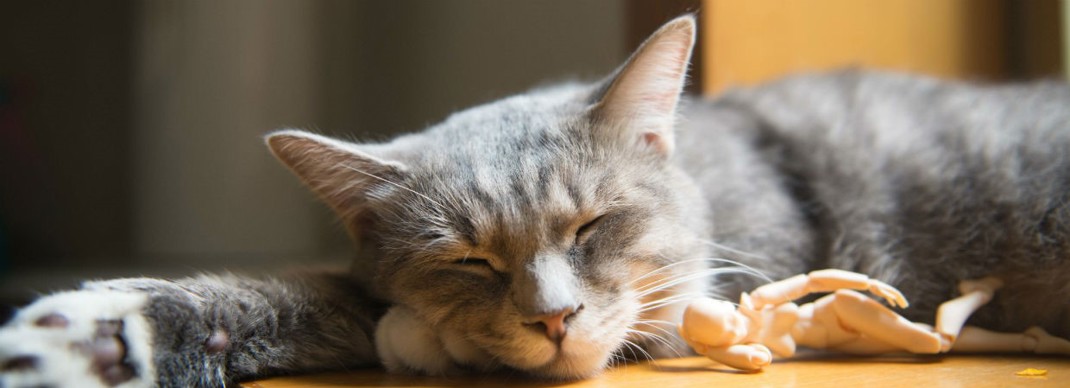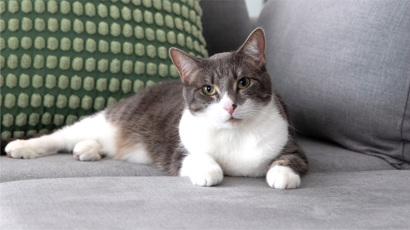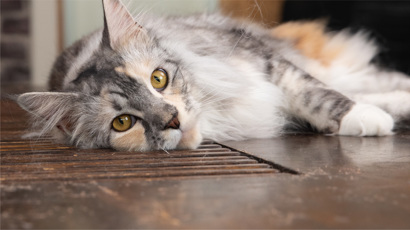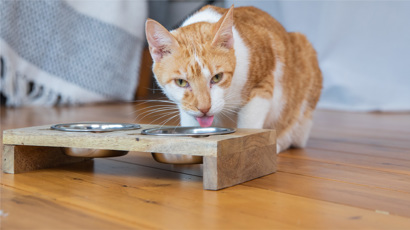Got a Fat Lazy Cat? Here's How to Get it Moving

It's important that we provide for our cats but are we making it too easy for them – creating lazy, fat cats?
My cat is lazy, should I be worried?
Just as with people, overweight cats suffer from a number of diseases associated with obesity such as diabetes and arthritis. Exercise and feeding regimes are pivotal in preventing obesity. Cats should be slim with an athletic figure including a tucked-in waist and streamlined body shape.
Feral cats hunt for up to six to eight hours a day, so how can we enrich the lives of our pet cats, increase their fitness levels and keep them slim and trim?
Our top 3 tips for getting your fat lazy cat up and moving
Recreate the hunt: Move the cat food bowl around so that the cat always has to walk to get to its food. Overweight cats are smart cats and if the food bowl moves elsewhere, they’ll start relocating, too. Move the food bowl as far away from your cat’s favourite haunts as possible.
Recreate the chase: Use feather toys, fishing rod toys or balls to create some playtime. Cats aren’t marathon runners so they prefer a few minutes of intense exercise at a time – rotate the toy each time to keep their attention. TV ad breaks can be great for this as they are timed perfectly for cat playtimes – two to three minutes long every seven or eight minutes. Experiment and remember that what is exciting today may be boring tomorrow.
Playing with their food: Treat balls can create a bit of excitement at feeding time. Rather than cleaning the bowl in a few seconds, they can play with their food (as they would a mouse). By playing with their food, they often eat less and have the added benefit of increased exercise.
Remember, an overweight lazy cat might be a cuddly cat, but this may be affecting its health and wellbeing.


